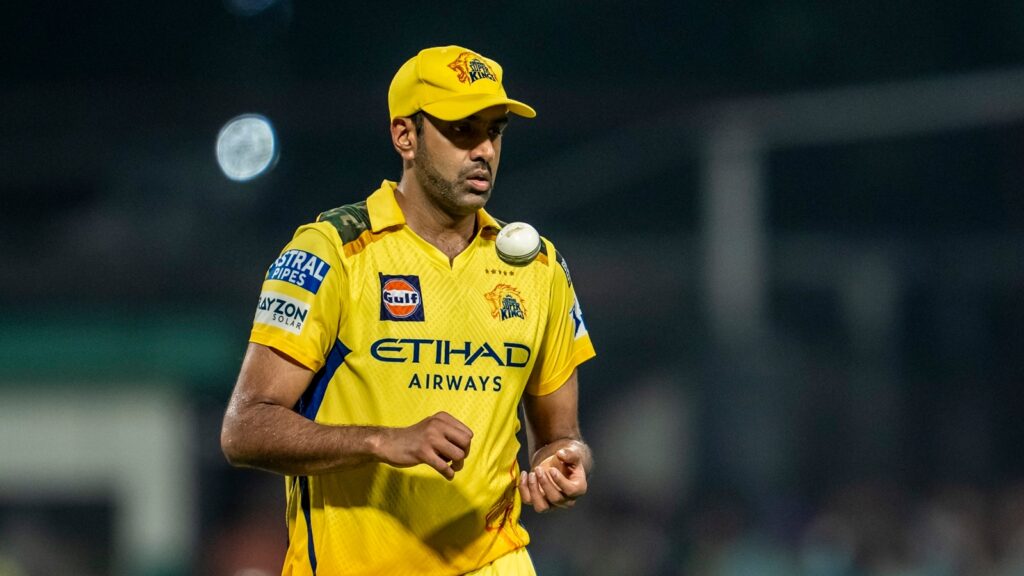Hours after Ravi Ashwin announced his farewell from IPL, rumours have started to swirl in the English media that he could be the first India cricketer to feature in The Hundred, from next season. The Daily Telegraph claimed it “understands that Ashwin would be eager to play in next season’s Hundred tournament.” “Ashwin plans to play in several leagues around the world over the coming years, and has identified the Hundred as a competition in which he would be eager to appear,” the report stated.
In the farewell note that Ashwin had posted on X, he had mentioned that he is keen to explore new leagues. “They say every ending will have a new start; my time as an IPL cricketer comes to a close today, but my time as an explorer of the game around various leagues begins today,” Ravichandran Ashwin announces his IPL retirement.
The Hundred as well as other leagues had long craved for the presence of major Indian cricketers, only for the Indian cricket board to deny current Indian players from appearing in foreign T20 leagues. But after retiring from all forms of international cricket, which he did at the end of last year, as well as the IPL, Ashwin is free to play in tournaments anywhere he wants to.
Hotly-sought figure
He would be hotly-sought figure in auction, not just because “four of the eight Hundred franchises – the sides based at Old Trafford, Headingley, the Ageas Bowl and the Oval – have been partially or fully bought by Indian groups, but also because of his stardust and bag of tricks. Ashwin was raised as a conventional off-spinner, but the shortest format quickly fascinated him. Since 2006, he has been an IPL regular, turning up for Chennai Super Kings, Delhi Capitals, Rising Pune Giants, Kings Eleven Punjab and Rajasthan Royals. In 221 games, he had snared 187 wickets and conceded only 7.20 runs an over, making him the fifth-highest wicket-taker in the league’s history.
But more than the numbers, he would be remembered for the experimentalist he was. Over time, he developed numerous variations, including a carrom ball, a reverse carrom and a leg-break. “I basically think that six well-constructed bad balls could be the way to go forward in T20 cricket,” he had once detailed his T20 bowling mantra.


